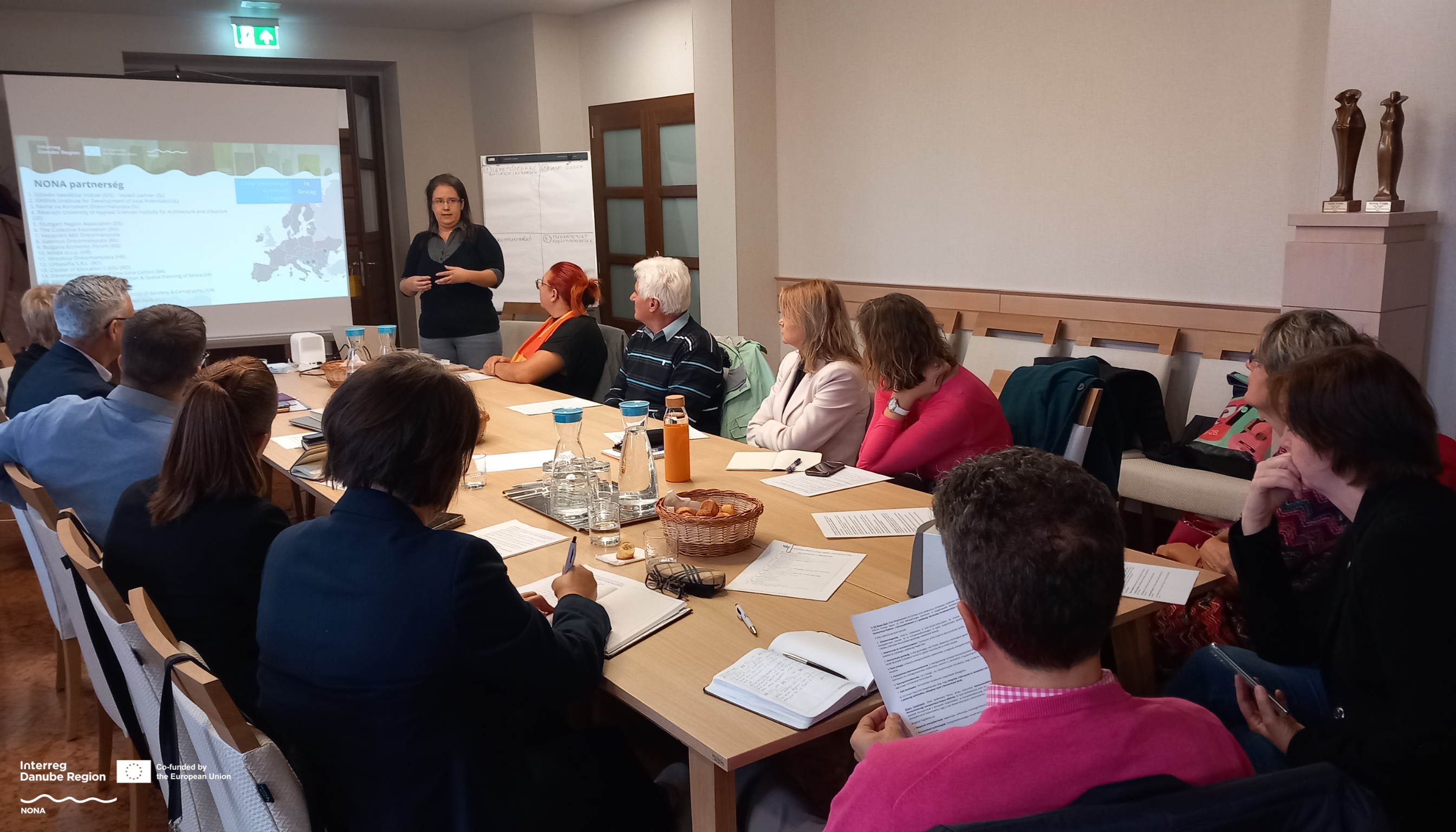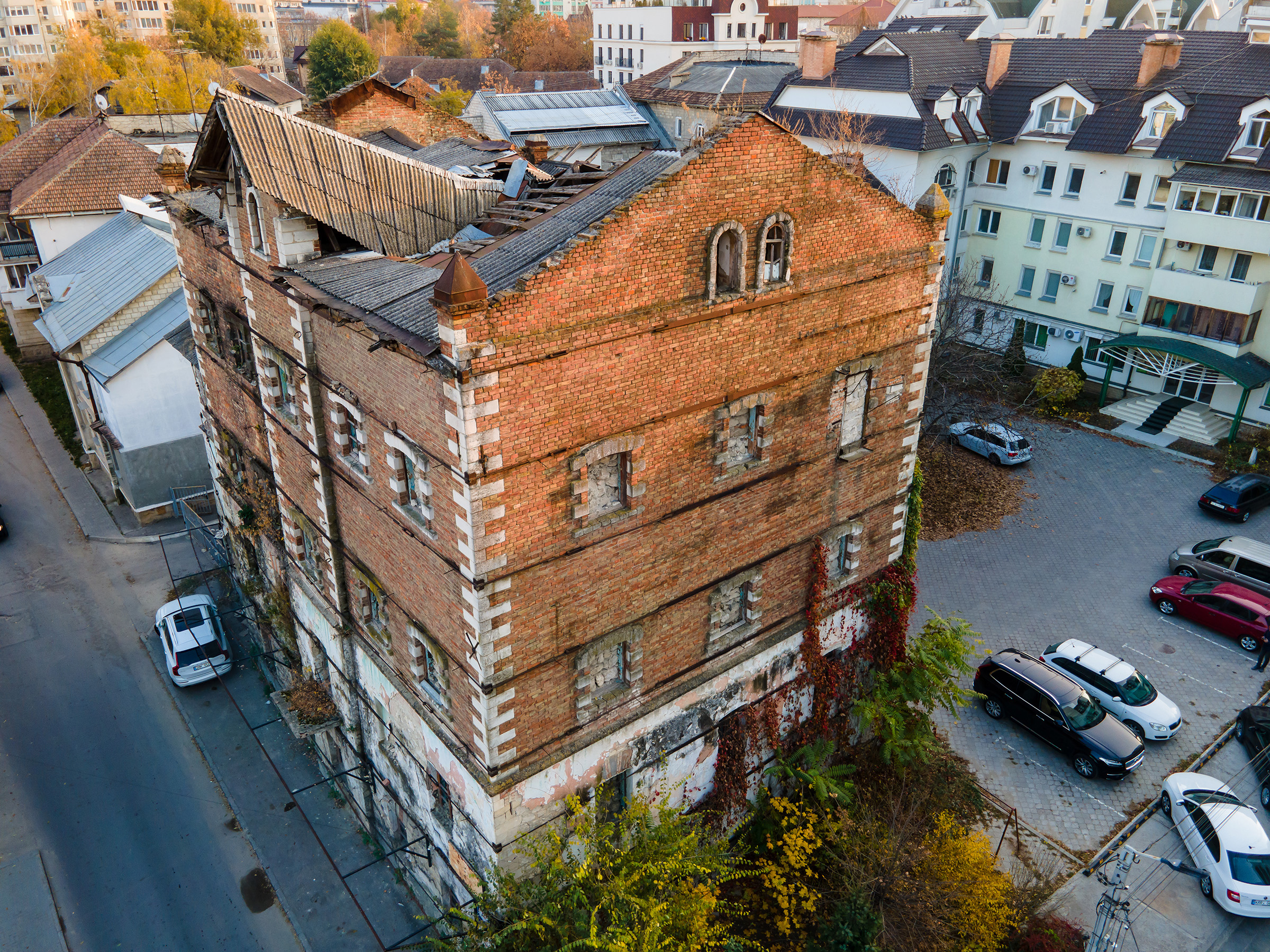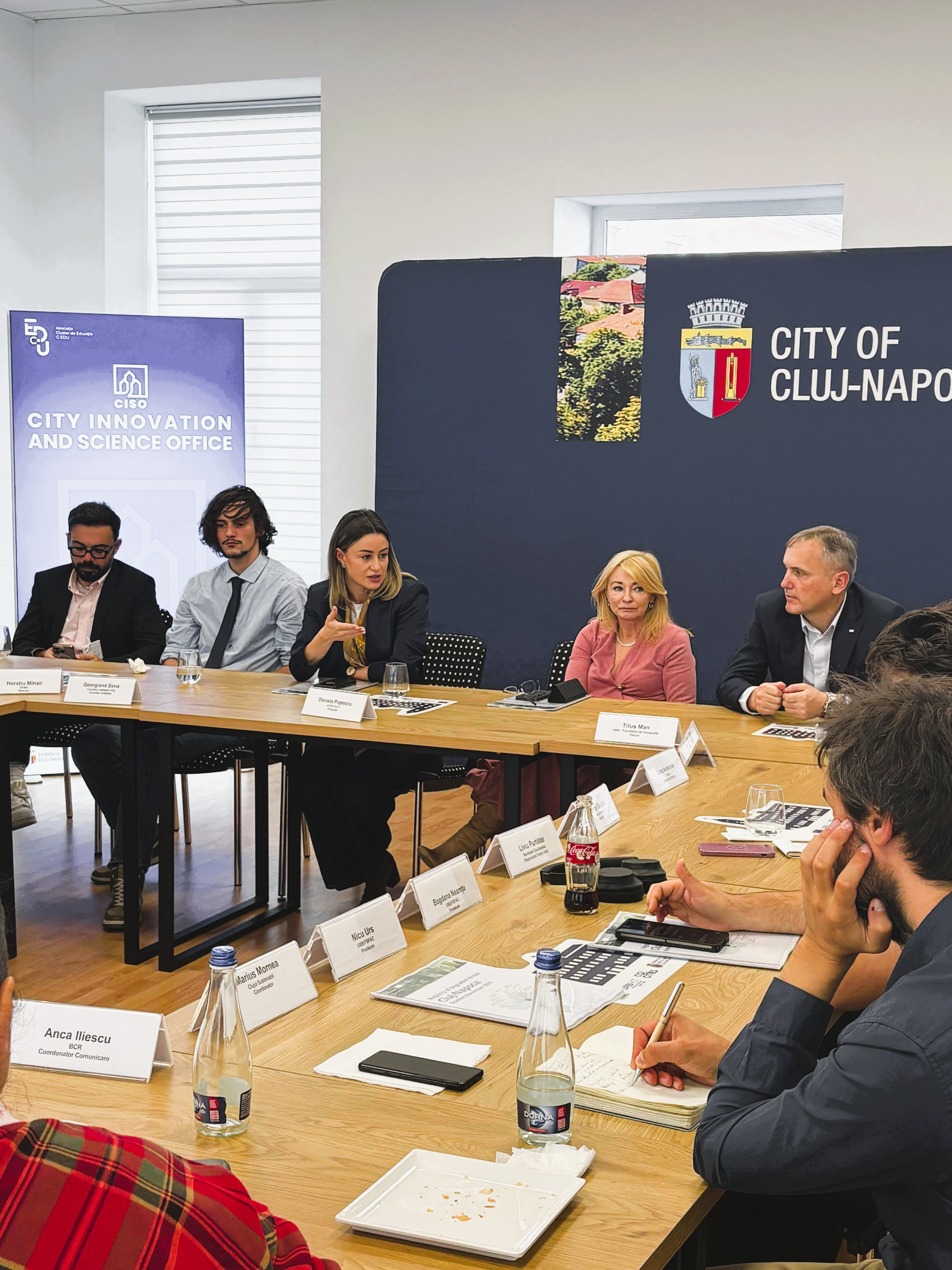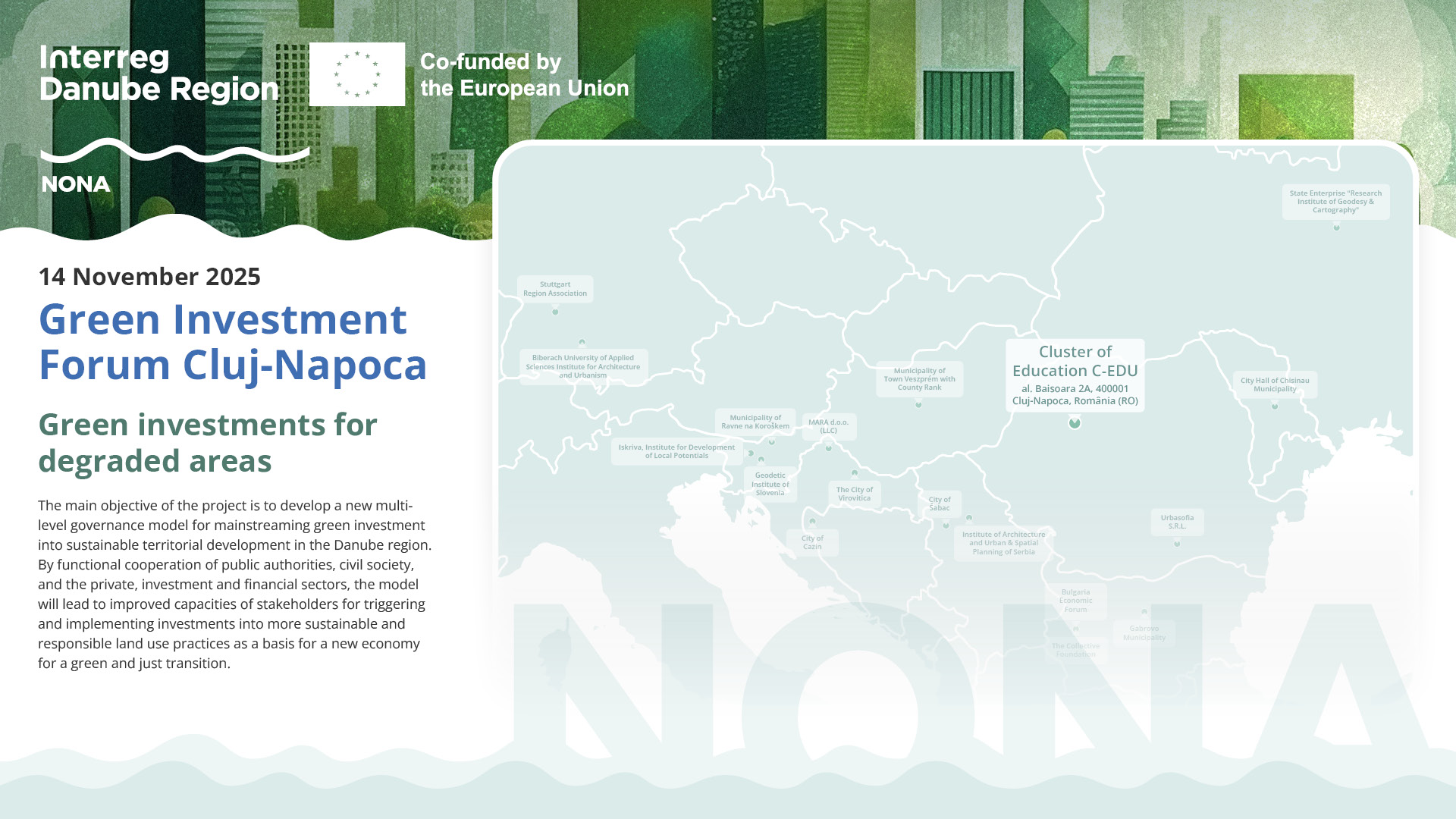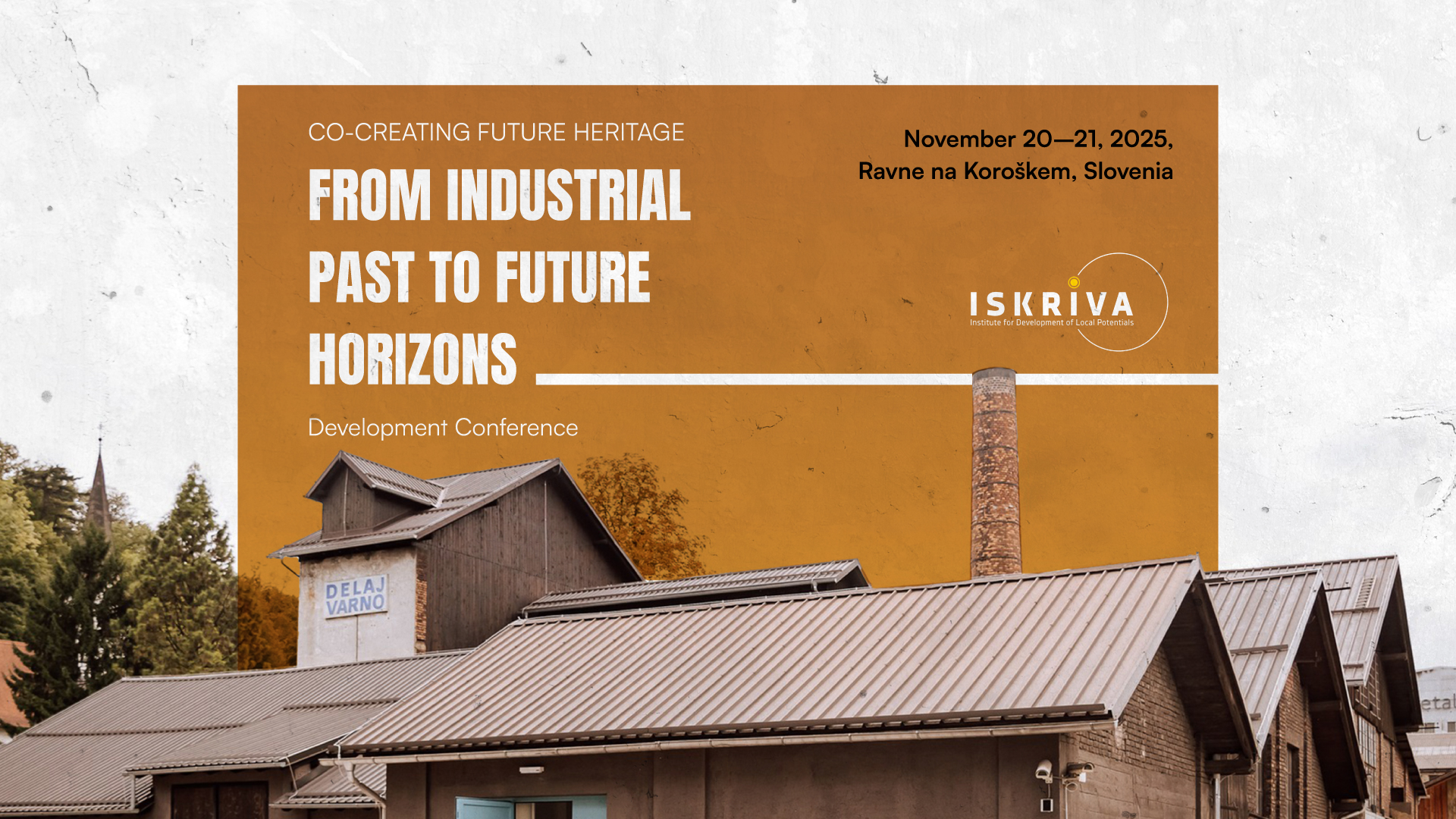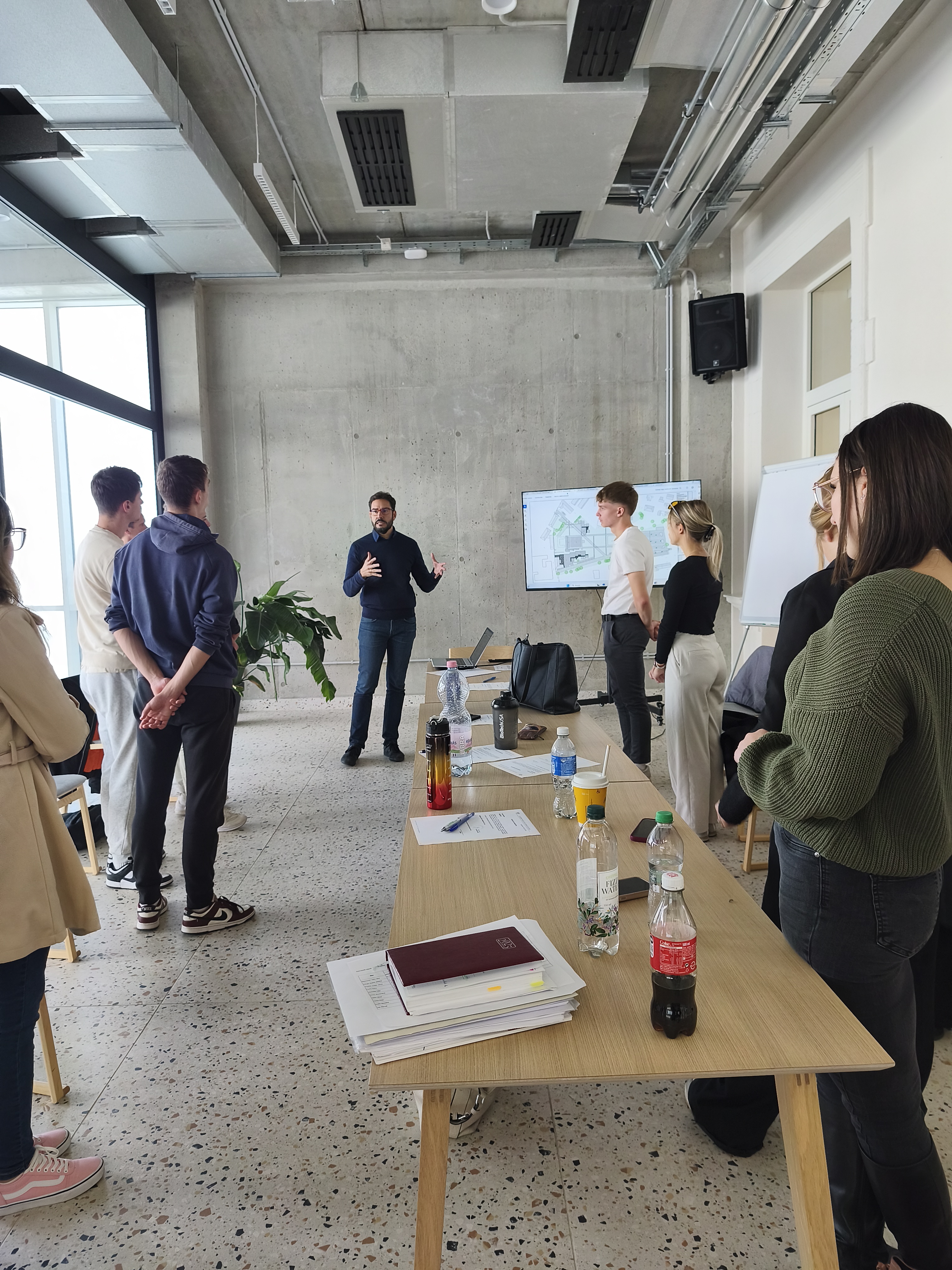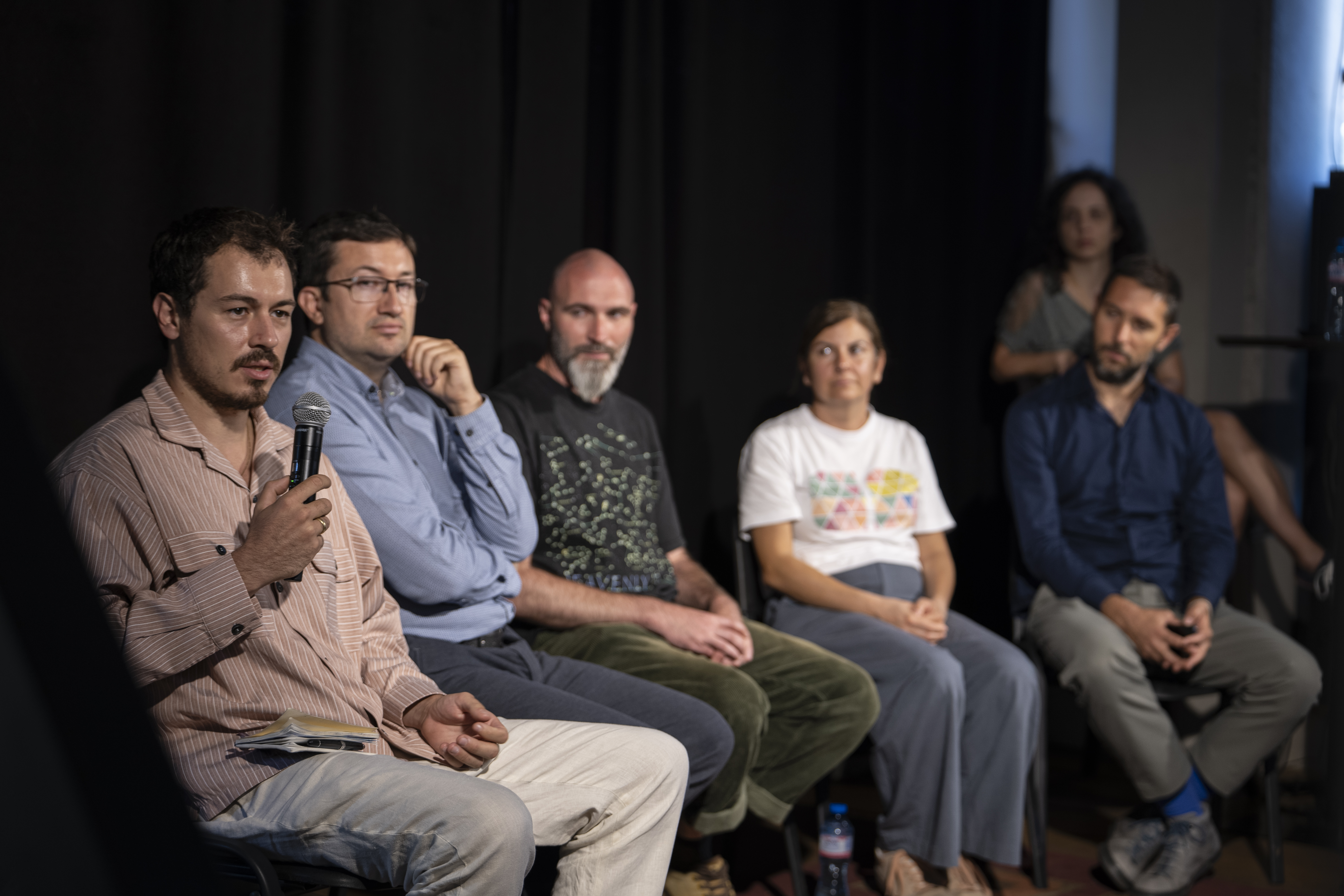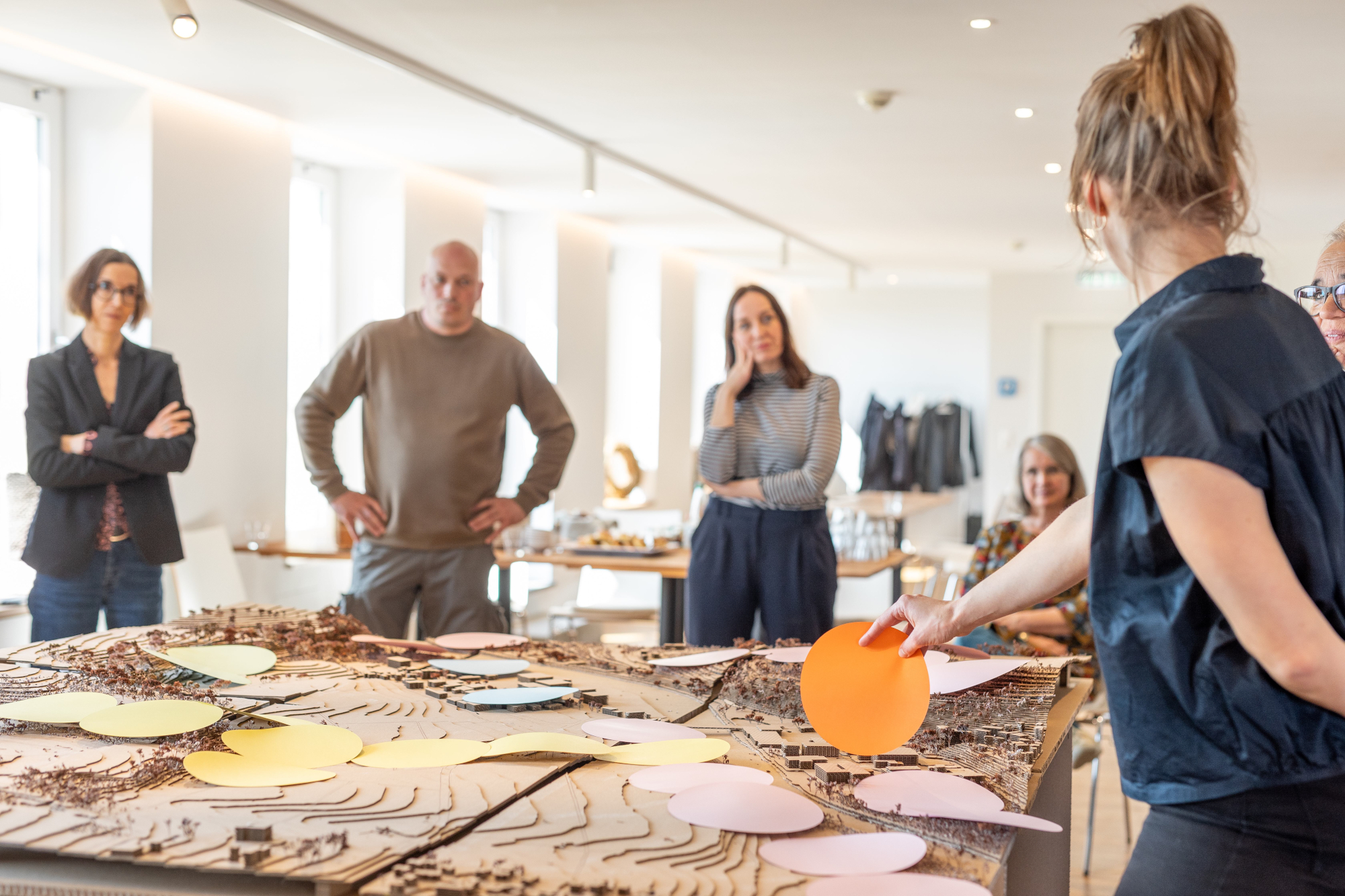
Local action group discusses development of Gyárkert NONA pilot area in Veszprém Hungary
©Pesthy MártonIn mid-October, key stakeholders of the Hungarian pilot gathered at the mayor’s office in Veszprém to discuss development opportunities, challenges, and questions surrounding the Gyárkert pilot area within the NONA project. This strategic meeting was organised by the Local action group (LAG) as part of the broader NONA project and the New European Bauhaus on the Danube (NEBoD) initiative. The meeting brought together a local diverse group of stakeholders integral to the project, including an NGO representing residents of the neighbouring area, the Cultural Association of Veszprém-Cserhát, experts from Pannon University, representatives from Magnet Bank, Ltd responsible for the ECOC European Capital of Culture project Shine! The Celebration of Creativity, local utility VKSZ Veszprémi Közüzemi Szolgáltató Zrt. | A Szolgáltató Város, public transport company Kezdőlap - V-Busz, the infrastructure development company Veszprém 2030 Kft. responsible for the pilot area, a non-profit organization focused on tourism Veszprém, the city of Queens, and Veszprém municipality experts and officials.
Mr. Tamás Józsa, Head of Strategic Office and Head of Cabinet, provided an overview of the Gyárkert pilot area, highlighting its current developments and envisioning future functions. Following this, each participant shared their expertise and ideas for contributing to the project. Together, the group identified key opportunities, challenges, and questions that will guide the development process. Topics ranged from integrating green infrastructure to fostering community engagement and aligning with broader European sustainability goals.
Opportunities for the Gyárkert discussed by the local action group:
Focus on green solutions, a key focus of the Gyárkert pilot area can be the development of a âpulsating green heart” in Veszprém’s city centre. This vision emphasizes expanding green spaces by linking key urban areas through groves and corridors while integrating green infrastructure with surrounding traffic hubs, residential zones, and institutions, promoting micro-mobility and establishing a car-free zone, fostering a zero-emission, self-sustaining urban model. Additionally, the area can feature leisure spaces such as community areas, sports parks, and a city park, enhancing its role as a vibrant and sustainable urban hub. Community and cultural aspects, Gyárkert’s central location makes it perfect for cultural, leisure, and community events, engaging all generations, especially the elderly and youth. Community gardens and projects could involve residents in public space upkeep, while community-driven initiatives, inspired by ECoC 2023, further enhance engagement. Improving the cityscape can also attract more tourists. A healthy city could encourage walking through "promenadeology" creating therapeutic gardens and mobility parks, and offering outdoor exercise areas near homes. It could also support local and eco-friendly markets by modernizing the market hall.
Challenges and questions for the Gyárkert discussed by the local action group:
Climate change adaptation and the need to increase green areas in response to rising temperatures, balancing built-up spaces with greenery and addressing water management issues. Demographic challenges in attracting younger residents and addressing the needs of an ageing population by providing more green meeting spaces for small households and single residents. Community use and responsibility how to effectively transform the area into a community space and instil a sense of responsibility among residents. Commercial vs. Community balance on determining the role of commercial functions and whether to expand the shopping centre in line with community needs.
The primary aim of the meeting was to engage stakeholders in a collaborative planning process, collecting insights to shape the development of Gyárkert. As a pilot area, Gyárkert is poised to become a model for sustainable urban development, integrating environmental, cultural, and social aspects. The meeting marked a strong start to the collaborative effort. The local action group will continue working together to refine plans and maximize the impact of this significant investment. This meeting underscores the importance of collective action in shaping the future of urban spaces, ensuring that they serve the community while aligning with broader sustainability goals.
News & Events
Read the most recent updates and explore the upcoming events.

